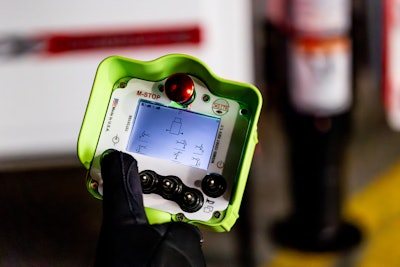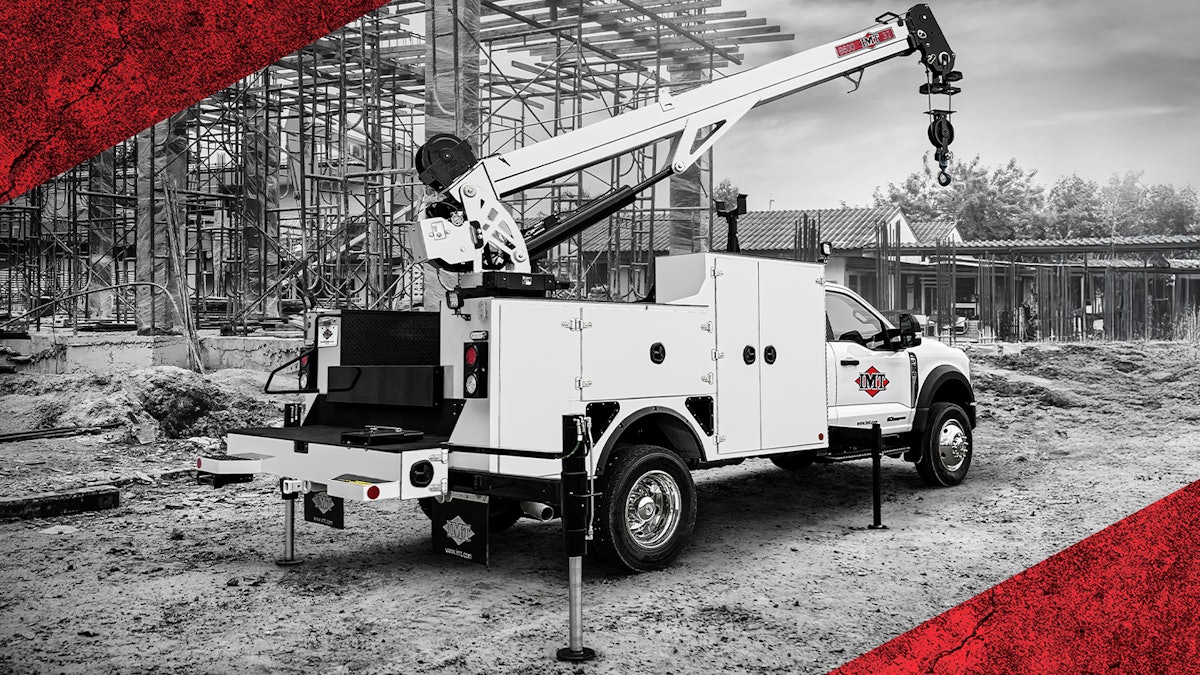This article is sponsored Iowa Mold Tooling Company, Inc.
In demanding industries — from public utilities and mining to construction and heavy equipment repair — a universal standard for success exists: Equipment must be ready and able to perform whenever called upon. The reliability and efficiency of field equipment are essential to job site productivity and the ability to meet critical deadlines.
This is the operational reality that Iowa Mold Tooling Co. (IMT) has addressed for decades. They’ve done this not by chasing trends, but by refining core design principles across its telescopic crane line. The result is a family of cranes where shared, reliable features deliver tangible benefits on the job site, day in and day out.
This commitment to superior design is evident in the engineering principles shared across the IMT crane family, from established models to their next generation of telescopic cranes. Features like the proven Penta Boom™ geometry, the flip sheave boom tip, the IMT CMD.CTRL™ remote system, and optimized valve banks are engineered to deliver outstanding efficiency and reliability on the job site.
Penta Boom Geometry: The Shape of Performance and Stability
The structural core of an IMT telescopic crane is its distinctive Penta Boom design. This five-sided boom profile represents a great balance of both worlds, blending the structural integrity of a traditional rectangular boom with the smooth tracking capabilities of a hexagonal design.
This design allows IMT to use different thicknesses of high-strength steel within the same boom section. On the top of the boom, where stress concentrations are highest during a lift, a thick material is used to handle the heavy structural demand. On the bottom of the boom, where stresses are lower, a thinner material can be utilized. This approach optimizes the strength-to-weight ratio, controlling the overall weight of the crane without sacrificing lifting power. This can translate to excellent payload capacity for the mechanics truck.
The two-piece boom is welded along the neutral axis. Placing the weld seam here is a thoughtful design choice that avoids the high-stress area at the top of the boom. All of this promotes the boom’s long-term durability and structural integrity.
The Flip Sheave: A Strategic Advantage in Confined Spaces
Navigating confined spaces often means contending with overhead obstacles. The IMT flip sheave boom tip, now standard on all new telescopic models, is a direct and practical solution to this challenge. This feature allows the operator to reduce the boom tip’s height by approximately eight inches to fit into tight areas as compared to standard tips.
This can be achieved without the time-consuming process of removing the snatch block and hook assembly. For an operator maneuvering in an area with limited overhead clearance, those eight inches can mean the difference between completing the lift or having to reposition the entire vehicle. It’s a simple, reliable feature that promotes operational efficiency in tight quarters.
CMD.CTRL: Putting Total Control in the Operator’s Hands
Peak performance on the job starts with intuitive control. The IMT CMD.CTRL system, standard on IMT Dominator® mechanics trucks, elevates crane operation by unifying command of the crane and service body into a single, powerful remote interface. More than a simple remote, it serves as a central hub for the equipment’s functions.
The system’s hardware and software are designed for a productive, user-friendly experience, providing these key features:

- Advanced LMI: A sophisticated Load Moment Indicator (LMI) provides the operator with real-time load information.
- Intuitive Diagnostics: When issues arise, the system delivers diagnostics in simple, easy-to-understand text. This empowers operators to troubleshoot efficiently and helps control downtime.
- Operator Customization: The CMD.CTRL system allows operators to customize controls for various body functions, such as flood lights and compartment lights, directly from the remote, tailoring the system to their workflow.
By integrating crane and body controls, the operator can remain at an excellent vantage point to ensure safety and precision throughout the entire job.
Strategic Standardization: A Focus on Serviceability and Uptime
IMT has implemented a philosophy of common designs and consistent components across its telescopic crane family. This strategy is demonstrated in the standardization of the telescopic crane’s valve bank. By utilizing a common design across numerous models, maintenance and troubleshooting are straightforward, and few spare parts are needed to be kept in inventory. This thoughtful approach extends beyond the valve bank to other key components like the boom geometry and radio remotes. Designing with common components streamlines the maintenance process, leading to exceptional equipment uptime and a low total cost of ownership.
The thoughtful engineering behind every IMT telescopic crane translates directly into meaningful results for the equipment owner. The optimized strength-to-weight ratio of the Penta Boom design delivers great payload, while the simplicity of the flip sheave drives efficiency in confined spaces. Features like the CMD.CTRL system and standardized components help simplify maintenance and enhance safety. This holistic approach ensures that every crane isn’t just built to lift but is engineered to perform consistently under demanding conditions on the job site.
View the original article and our Inspiration here


Leave a Reply